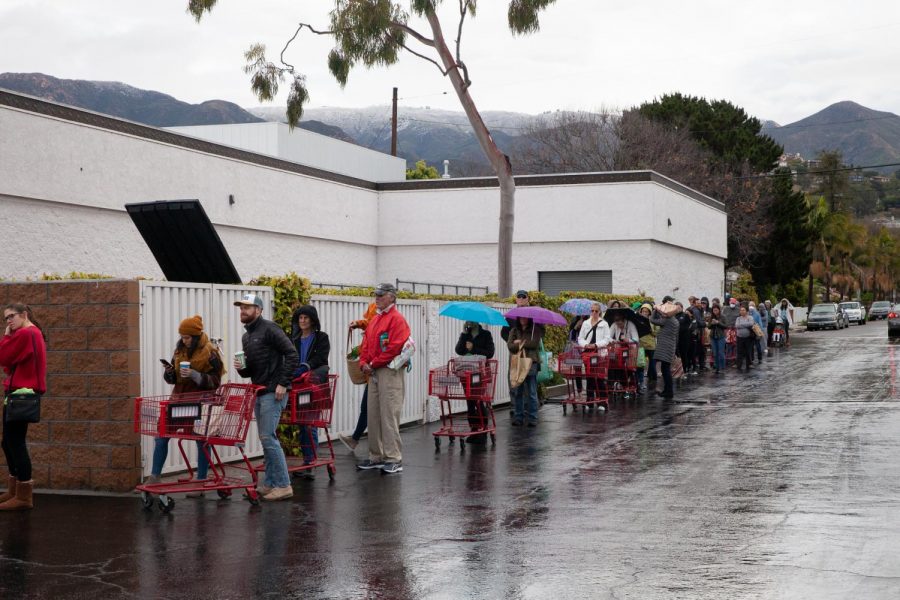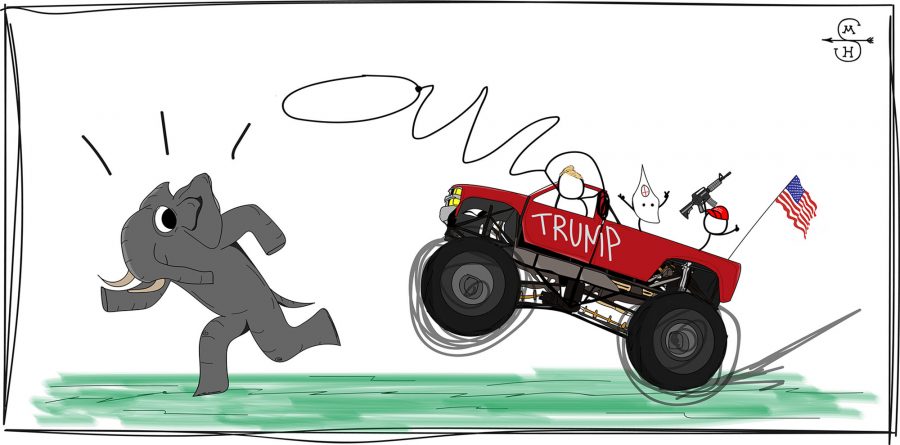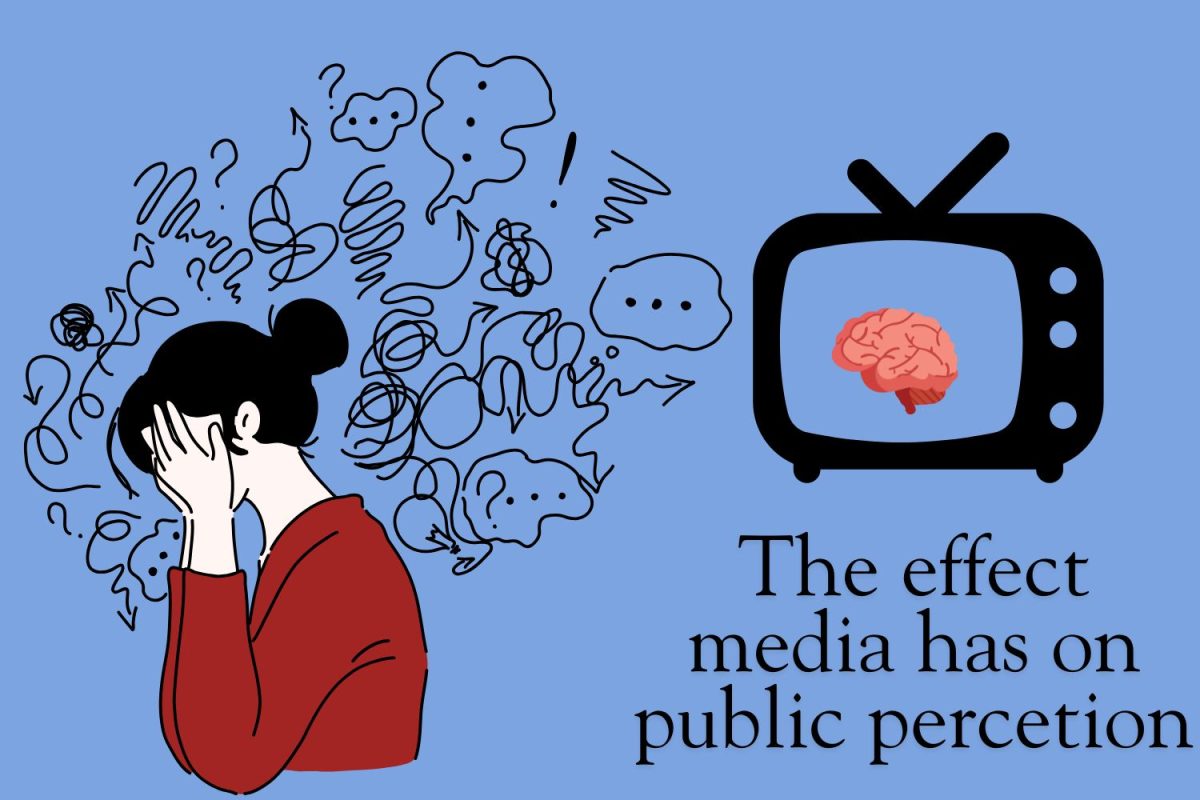The importance of education is one thing that most Americans can agree on, specifically a college education.
College is ideally an opportunity for students to explore a range of different courses focusing on their interests so they can find what it is that they are passionate about and turn it into a career.
However, college has essentially become a four-year intelligence test where students have to prove their intellectual abilities across a wide spectrum of courses. This makes the whole experience feel like more of a competition of GPAs, rather than a chance to actually learn.
And while the number of people attending four-year universities is rapidly increasing, universities’ application requirements are becoming more intense, forcing students to obtain higher GPAs and complete more courses before even being qualified to apply.
Even if an applicant obtains outstanding grades and goes above and beyond a university’s requirements through letters of recommendation and extracurricular activities, he or she is still not guaranteed admission.
And with the competitiveness rising among all institutions, students can’t help but to view their prerequisite courses as something they “need to get through” rather than actually gaining anything from it. This basically makes the purpose of taking these courses ineffective; therefore the GPA is a misrepresentation of a student’s capabilities.
However, between 1980 and 2012, college enrollment rates have jumped from 26 percent to 41 percent as more students consider attending college an option. This causes the GPA to be the most efficient way to measure the qualifications of the mass number of applicants.
“While I think it’s great that they have a bunch of different requirements that come from different courses, it doesn’t do what it’s supposed to do,” said Savannah Genet, a criminal justice major. “At the end of the day, the things that get people through to the end of school is attendance and busy work assignments to get a GPA, which is a sham to begin with because your merit really has nothing to do with it. That’s just bureaucratic.”
For many full-time students, balancing a job and good grades is already challenging enough. Taking on any other responsibilities is just out of the question.
“I just feel really overwhelmed between going to school full time and working,” said Erin Douglas, a nursing major at City College. “There’s just so much pressure to get a stellar GPA, especially in California. There’s some really good out-of-state schools that are much easier to get into but then I would have to deal with the student debt load.”
Aside from facing challenges of being accepted into a preferred school, the biggest obstacle for most students is the cost of attendance.
The average college student in the United States is slammed with about $35,000 of student loan debt immediately after graduation. On a national scale, that debt totaled in at around $68 billion this year, which entitled the graduating class of 2015 to be the most indebted class in history – at least for now.
With the excessive hike in tuition, many are questioning if getting a degree is even worth the financial burden that can haunt them for life.
Societal pressures imposed on students to have to go to college rather than actually wanting to go to college shouldn’t be so high. Making it more acceptable to chose an alternate to receiving a higher education would make both the enrollment numbers and competitive nature of applying for schools decrease.
Because after all, a college degree no longer promises graduates a high paying career that will pay off their student debt. Not to mention, the one that they put themselves in debt for in the first place.













